New Delhi: In a move to boost Delhi’s water security and renewable energy efforts, the Delhi government is planning to cover the Munak Canal with solar panels.
The initiative, currently at the planning and feasibility assessment stage, aims to address water loss, promote clean power generation, and improve safety and cleanliness along the canal.
Multi-Benefit Infrastructure Plan
According to senior officials, the plan involves constructing four-foot-high walls on both sides of the canal within Delhi’s jurisdiction and mounting solar panels on top to create a full cover. This infrastructure is expected to serve multiple purposes: reducing water loss from evaporation, generating renewable energy, and enhancing public safety by preventing accidental falls and unauthorised access.
Inspection and Findings
Water Minister Parvesh Verma recently inspected the Munak Canal along with senior officials to assess on-ground conditions. Following the visit, he stated that a comprehensive plan is being drawn up based on the findings. Officials highlighted that the canal, particularly the Delhi Sub-Branch (DSB) and Carrier Lined Channel (CLC), is suffering from alarming levels of water loss—DSB records nearly 30% loss due to seepage and evaporation, while CLC sees a 5% loss, which is still significant in volume.
In addition to water loss, the open stretches of the canal suffer from garbage dumping and accidental drownings. The proposed wall-and-panel structure is intended to serve as a barrier to such issues, improving both hygiene and safety for nearby communities.
Enhancing Water Security and Clean Energy
Officials explained that the Munak Canal is critical for Delhi’s water supply but is also a major source of inefficiency and risk in its current form. Covering the canal with solar panels is expected to limit sun exposure, thereby reducing evaporation. The generated solar power could be used to run canal-related infrastructure and contribute to the city’s power grid.
The project is seen as a step towards smarter water management and sustainable urban infrastructure.
























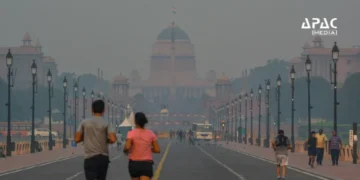


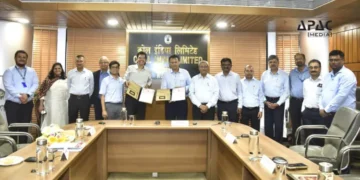
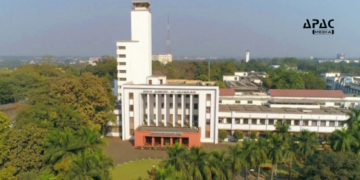

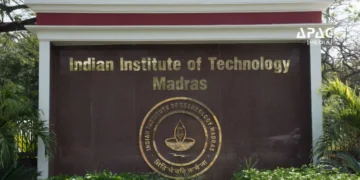
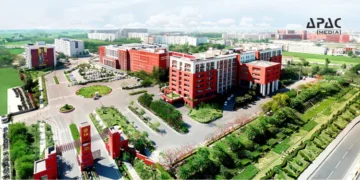













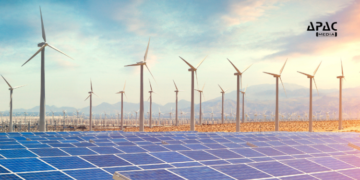

















Discussion about this post